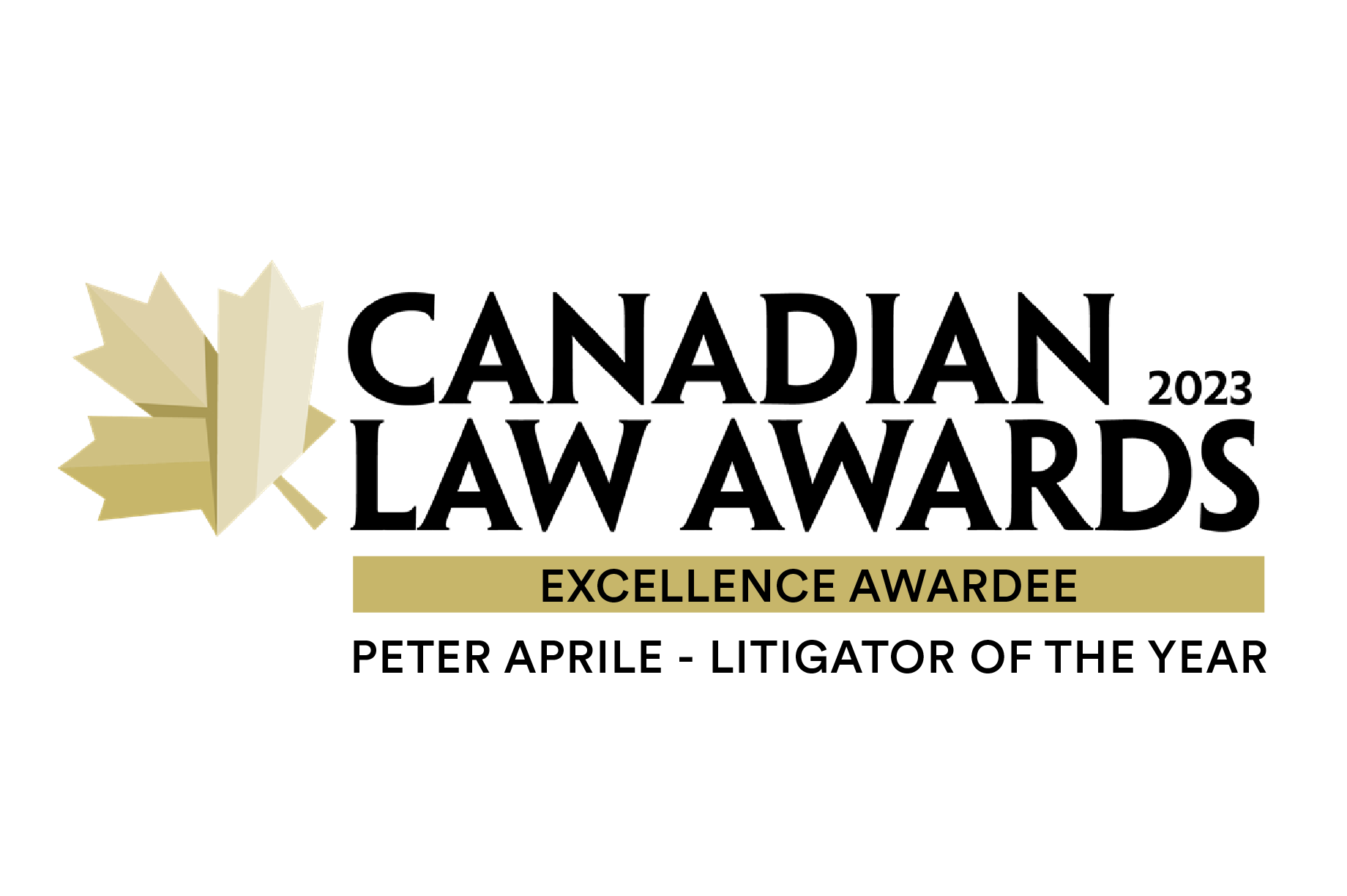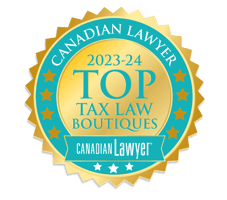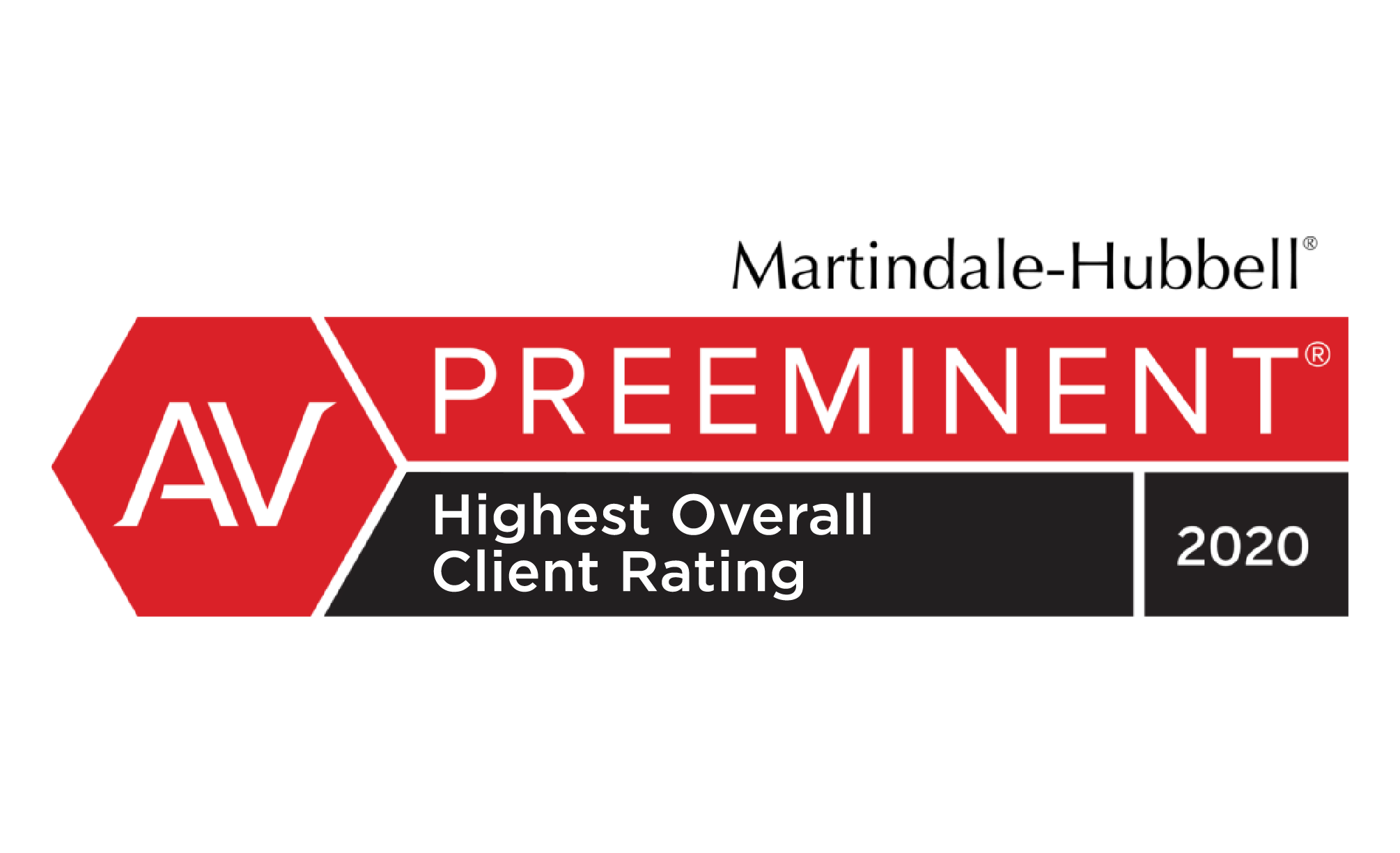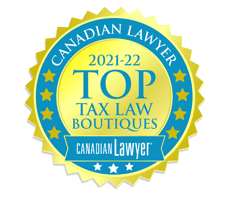
Key Takeaways
-
Enhanced costs continue to rise. The Tax Court again imposed enhanced costs on the Crown, reinforcing a pattern: disciplined conduct in the right arena creates financial consequences that shape CRA and DoJ behaviour.
-
The Court refused to compensate audit and objection work, even for a successful appellant. This widens the cost gap between CRA’s self-adjudication stage and the appeal arena, where control and oversight exist.
-
A single unforced error, breaching settlement-offer confidentiality unintentionally, removed access to substantial indemnity costs, despite an otherwise qualifying offer.
What Cost Outcomes Signal
Cost outcomes reveal how a CRA dispute will behave inside the business. Audit and objection remain sunk-cost stages, with little influence over entrenched positions and no mechanism to recover spend. Under judicial oversight, unsupported theories face consequence, timelines firm up, and the dispute becomes easier to forecast.
For CFOs, these signals shape operational planning: how long capital may be tied up, how much leadership time the matter will absorb, and how predictable reporting risk becomes. Cost patterns show where the dispute stabilizes — and where it continues to pull resources, attention, and momentum away from the business.
The Situation
Technology Venture Corporation defeated CRA’s attempt to characterize five investment portfolios as income. CRA relied on broad assumptions and minimal discovery, and the Court allowed the appeal in full. The tax result was decisive; the larger story unfolded in the cost award, where early choices determined the financial trajectory long after reassessment.
What Made the Difference
Two forces drove the outcome: factual coherence and structural consequence. CRA’s assumptions lacked connection to how large portfolios operate.
Against that backdrop, the taxpayer’s early written concession on one portfolio was disciplined and credible, guiding the Court toward enhanced costs. Unfortunately, the taxpayer's unforced error weakened its own position and its prospects for a greater recovery: sending the settlement offer to the Court breached Rule 147(3.8), thereby eliminating eligibility for substantial indemnity costs. The outcome illustrates a recurring pattern: costs follow control, not optimism.
The Signal for Business Leaders
The Tax Court continues to award enhanced costs when CRA or DoJ advance weak assumptions or sustain positions unreasonably across the three stages. Those consequences arise only under independent oversight, where a judge, not CRA acting through its self-adjudication process, evaluates the parties’ positions and decides the outcome.
Audit and objection remain sunk-cost territory. Independent oversight creates the conditions for disciplined offers and coherent records to produce better outcomes and financial recovery; similar movement rarely occurs at objection in complex disputes.
This case echoes the strategic considerations in The Strategic Choice After Reassessment: the shift from objection to appeal alters the oversight, incentives, and economic outcomes of a dispute.
Case Reference
Technology Venture Corporation v. The King, 2025 TCC 157.

.jpg?width=120&name=Counter%20Tax%20Litigators%20Logo%20Stacked%20(MidnightBlue%20on%20White).jpg)












.png?width=400&height=400&name=CT-How_Can_We_Help-22_july_NewGraphic_b(small).png)

.png?width=1386&height=1224&name=2025%20Legal500%20Elite%20Boutique%20Award%20(Badge).png)
.png?width=1386&height=1224&name=ITR%20Finalist%20Practice%20Leader%20of%20Year%20Peter%20Aprile%202024%20(Badge).png)
.png?width=1386&height=1224&name=2025%20Legal500%20Leading%20Firm%20Client%20Satisfaction%20Award%20(Badge).png)





.png?width=1386&height=1224&name=ITR%20Tax%20Innovator%20Finalist%202024%20Award%20(Badge).png)
